COMP 2131- Module 2- Data Representation & Boolean Logic
1/32
There's no tags or description
Looks like no tags are added yet.
Name | Mastery | Learn | Test | Matching | Spaced |
|---|
No study sessions yet.
33 Terms
Word size?
-the number of bits processed by a computer's CPU in one go
-eg. typically 32 bits or 64 bits
-Data bus size, instruction size, address size are
usually multiples of the word size
What are two conventions to store the values?
Little endian byte order
-Intel-compatible machines
Eg.
Assume x has the value 0x1234567
0x103 0x102 0x101 0x100 address
0x01 0x23 0x45 0x67 value
Big endian byte order
-Machines from IBM and Sun Microsystems
0x103 0x102 0x101 0x100 address
0x67 0x45 0x23 0x01 value
What is the size of each integer type below?
-Char (unsigned char)
-Short (unsigned Short)
-Int (unsigned Int)
-Long (unsigned Long)
-Float
-Double
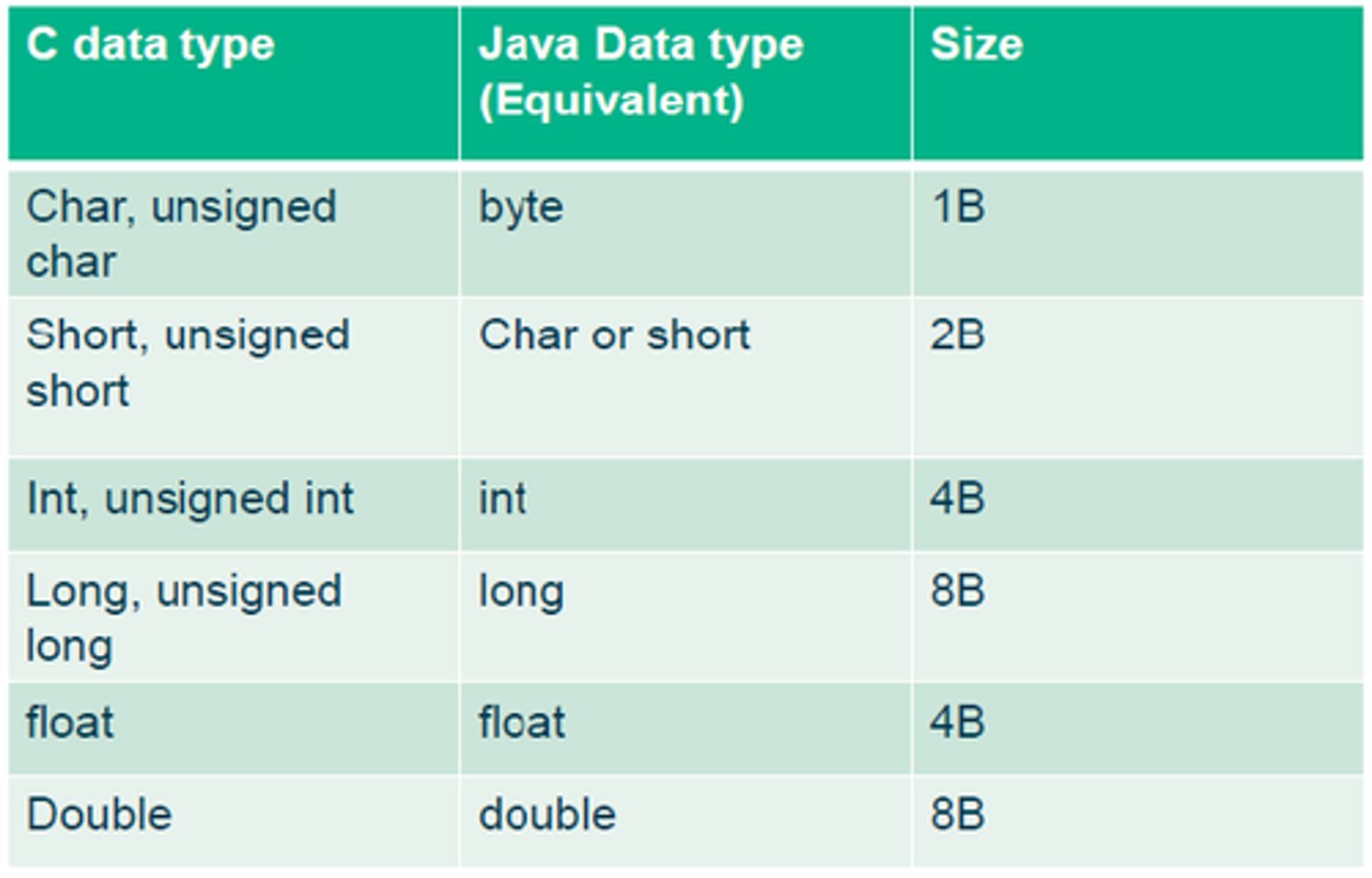
What is the method for subtraction?
-1's complement
-2's complement
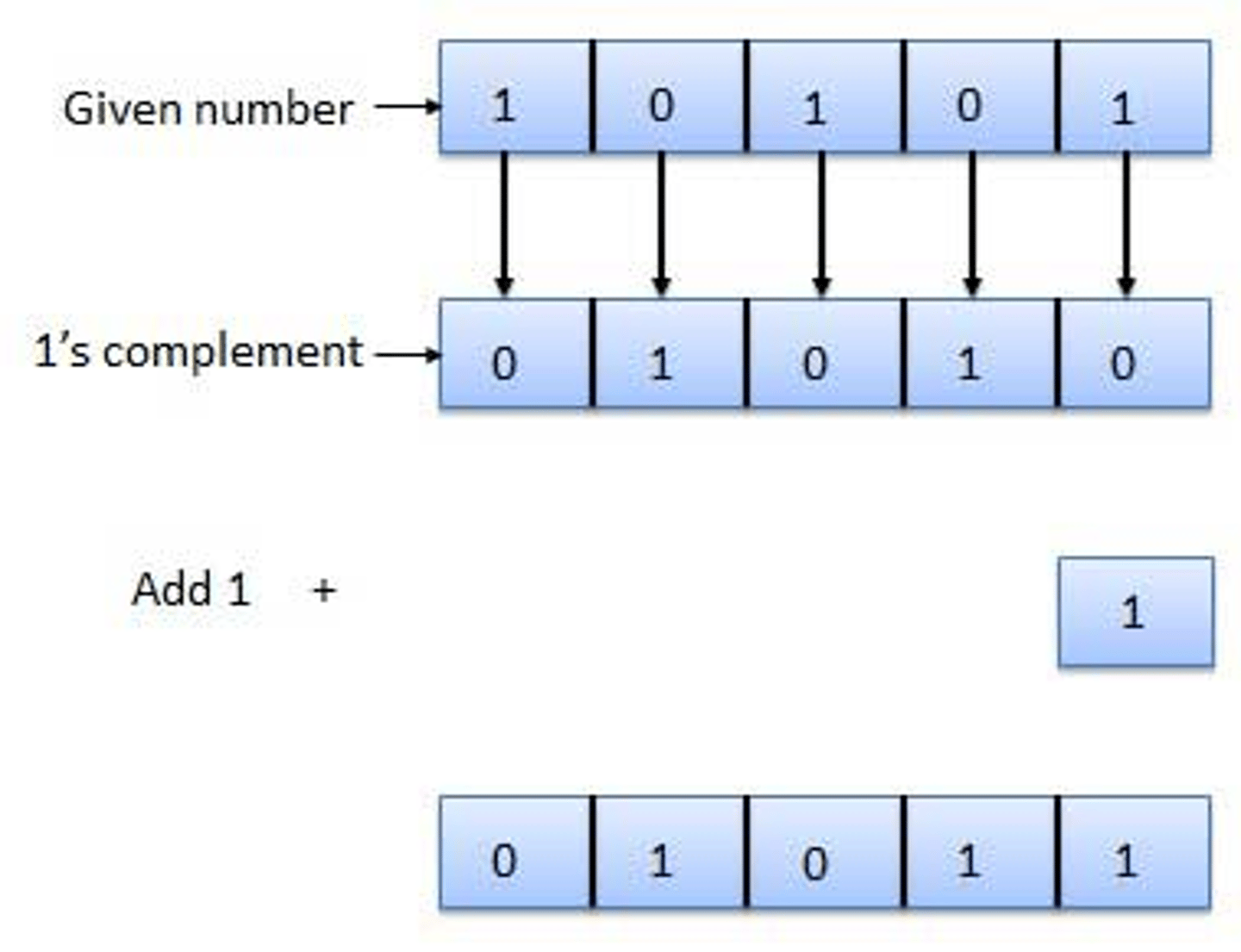
How are signed integers represented in binary?
-2's complement for negative integers
Weight (in terms of Binary number systems)
(base)^position
Magnitude (in terms of Binary number systems)
Sum of "bit x weight"
Nibble
4 bits
Byte
8 bits
Magnitude (in terms of Octal number systems)
sum of "digit x weight"
Decimal to any base?
-Divide by base
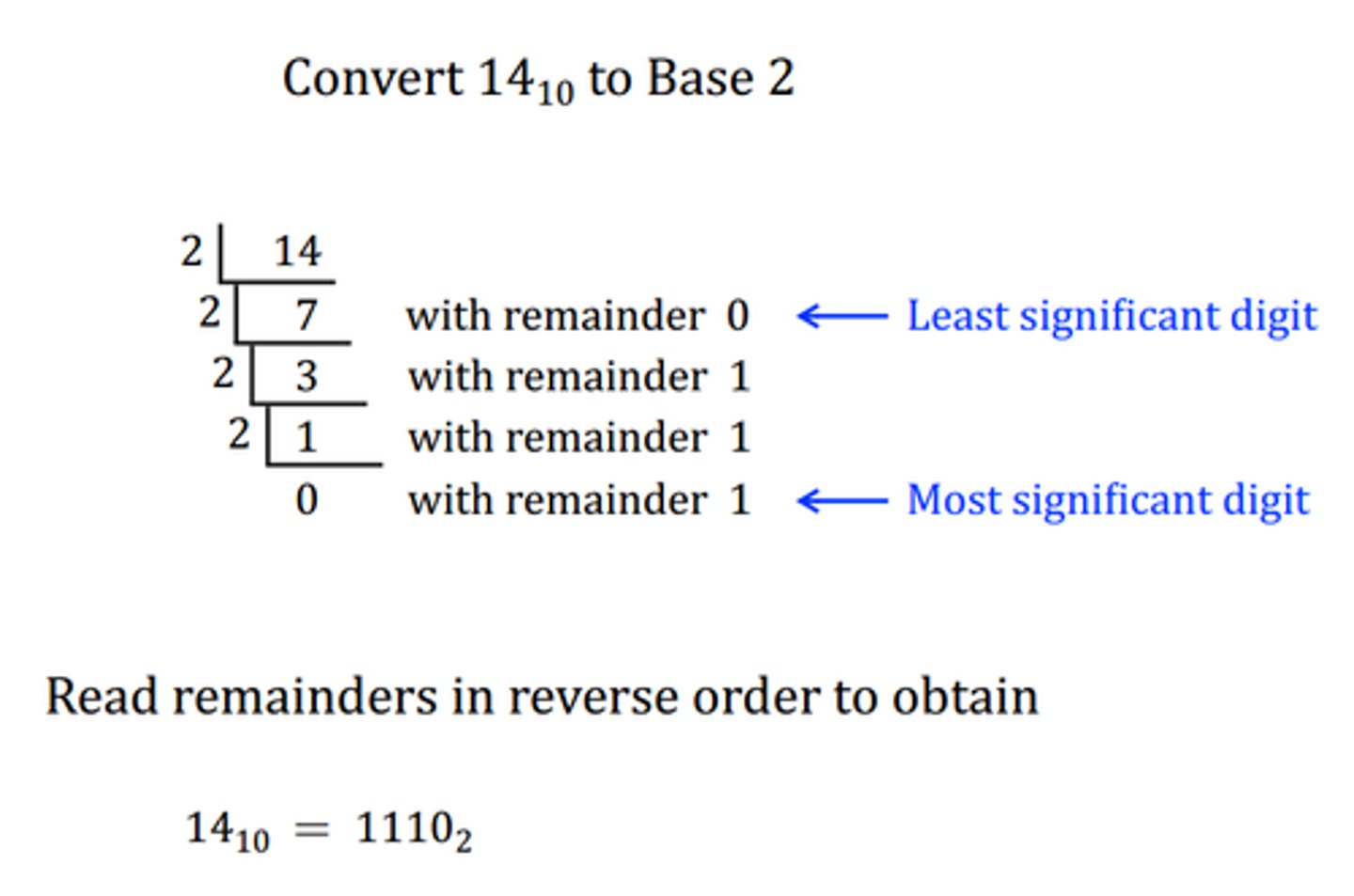
How are fractional numbers represented in binary?
Fractional numbers in binary are represented using binary points, like decimal points in base 10. Each digit after the point represents a negative power of 2.
Example:
The binary number 10.101 means:
10= 1×2^1 + 0×2^0 = 2.101= 1×2^-1 + 0×2^-2 + 1×2^-3 = 0.5 + 0 + 0.125 = 0.625Total = 2.625
What are the three cases of single precision floating point values?
-Case 1 : Normalized Values
-Case 2 : Denormalized values
-Case 3 : Special values
Describe case 1: normalized values
A value where the leading bit of the mantissa is 1 (assumed, not stored).
Used for most non-zero floats to keep full precision.
Example:
Bits: 0 10000001 010...0
Exponent: 129 → 2 (after bias)
Mantissa: 1.01 = 1.25
Value = 1.25 × 2^2 = 5.0
Describe case 2: de-normalized values
A value where the exponent is all zeros, and the leading bit of the mantissa is 0 (not 1).
Used for very small numbers close to zero.
Example:
Bits: 0 00000000 010...0
Exponent = -126 (assumed)
Mantissa = 0.01 = 0.25
Value = 0.25 × 2^-126
Describe case 3: special values
When exponent = all 1s (255 in single precision):
Mantissa = 0 → ∞ or -∞ (based on sign bit)
Mantissa ≠ 0 → NaN (Not a Number)
Examples:
0 11111111 000...0→ +∞1 11111111 000...0→ −∞0 11111111 100...0→ NaN
What does ASCII stand for and what is it?
-American Standard Code for Information
Interchange
-It uses 7-bits to represent:
• 94 Graphic printing characters
• 34 Non-printing characters
What are the hexadecimal ASCII values for:
-Digits 0-9
-Upper case A-Z
-Lower case a-z
-Digits 0 to 9 span Hexadecimal values 0x30 to
0x39
-Upper case A-Z span 0x41 to 0x5A
-Lower case a-z span 0x61 to 0x7A
-Lower to upper case translation (and vice versa) occurs by flipping bit 6
What are the two categories of logic blocks?
-Combinational Logic (eg. Adders and multiplexors)
-Sequential logic (eg. Counter)
What are combinational logic circuits?
Circuits where output depends only on the current inputs, not on past inputs (no memory).
Examples:
Adders
Multiplexers
Encoders
Decoders
Key Point:
No feedback loops or storage elements—just logic gates!
What are the three main ways of specifying the function of a combinational logic circuit?
Truth Table – Lists all input combinations and their corresponding outputs.
Boolean Expression – Uses logic algebra to describe the relationship.
Logic Diagram – A circuit made of logic gates showing how outputs are computed.
What is an asserted signal?
-A signal that is (logically) true, or 1
What is an deasserted signal?
-A signal that is (logically) false, or 0
What are sequential logic circuits/blocks?
-A group of logic elements that contain memory
-The outputs can depend on both the inputs and the value stored in memory
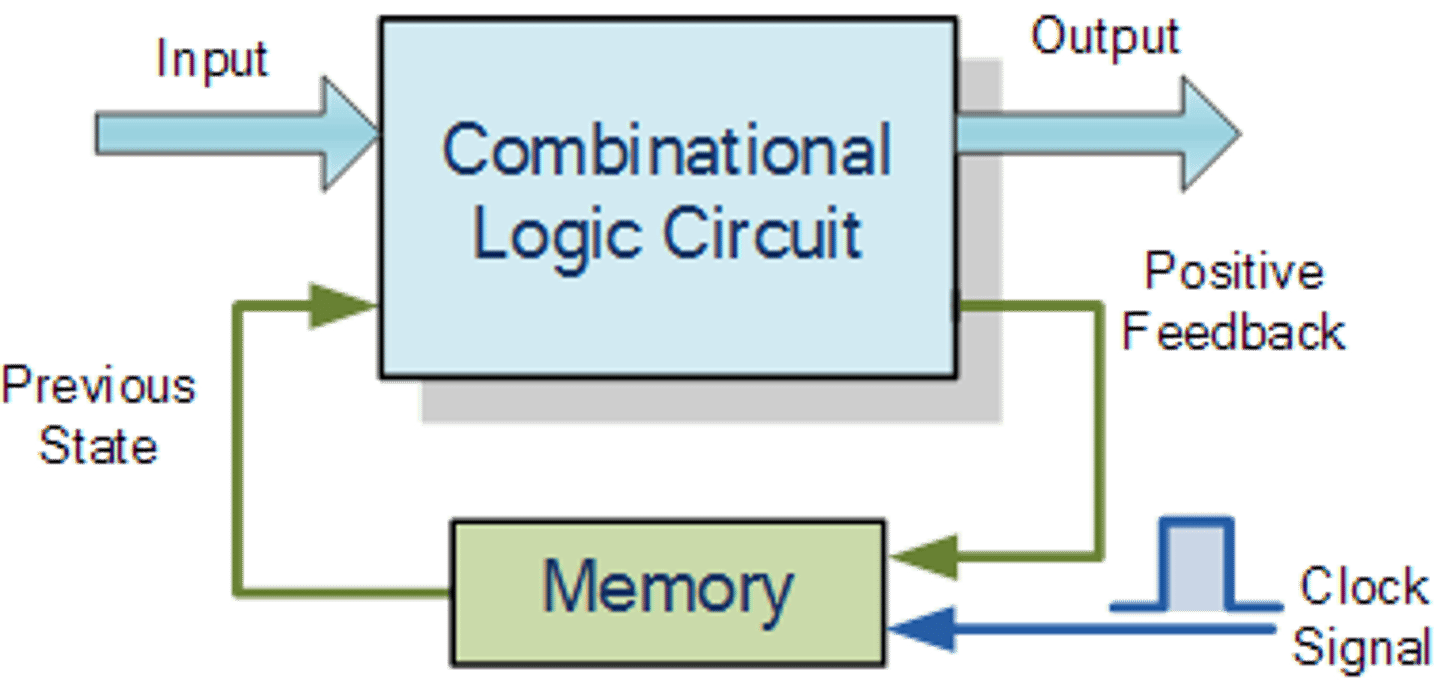
What are the laws of Boolean algebra?
Identity law: A+ 0 =A and A · 1= A
Zero and One laws: A+ 1 = 1 and A · 0 = 0
Inverse laws: A+ NOTA= 1 and A · NOTA = 0
Commutative laws: A + B = B + A and A · B = B · A
Associative laws: A+ (B+C) = (A+B) +C
and A · (B · C) = (A · B) · C
Distributive laws: A · (B+C) = (A · B) + (A · C)
and A+ (B · C) = (A+B) · (A+C).
What is a decoder?
A decoder is a combinational circuit that converts n input lines into a maximum of 2ⁿ unique output lines. Only one output is active for each input combination.
Example:
A 3-to-8 decoder takes 3 inputs and activates 1 of 8 outputs based on the binary input.
Use:
Used in memory address decoding, data routing, and control logic.
What is a multiplexor/selector?
-its output is one of the inputs that is selected by a control
-The selector (or control) value determines which of the inputs becomes an output
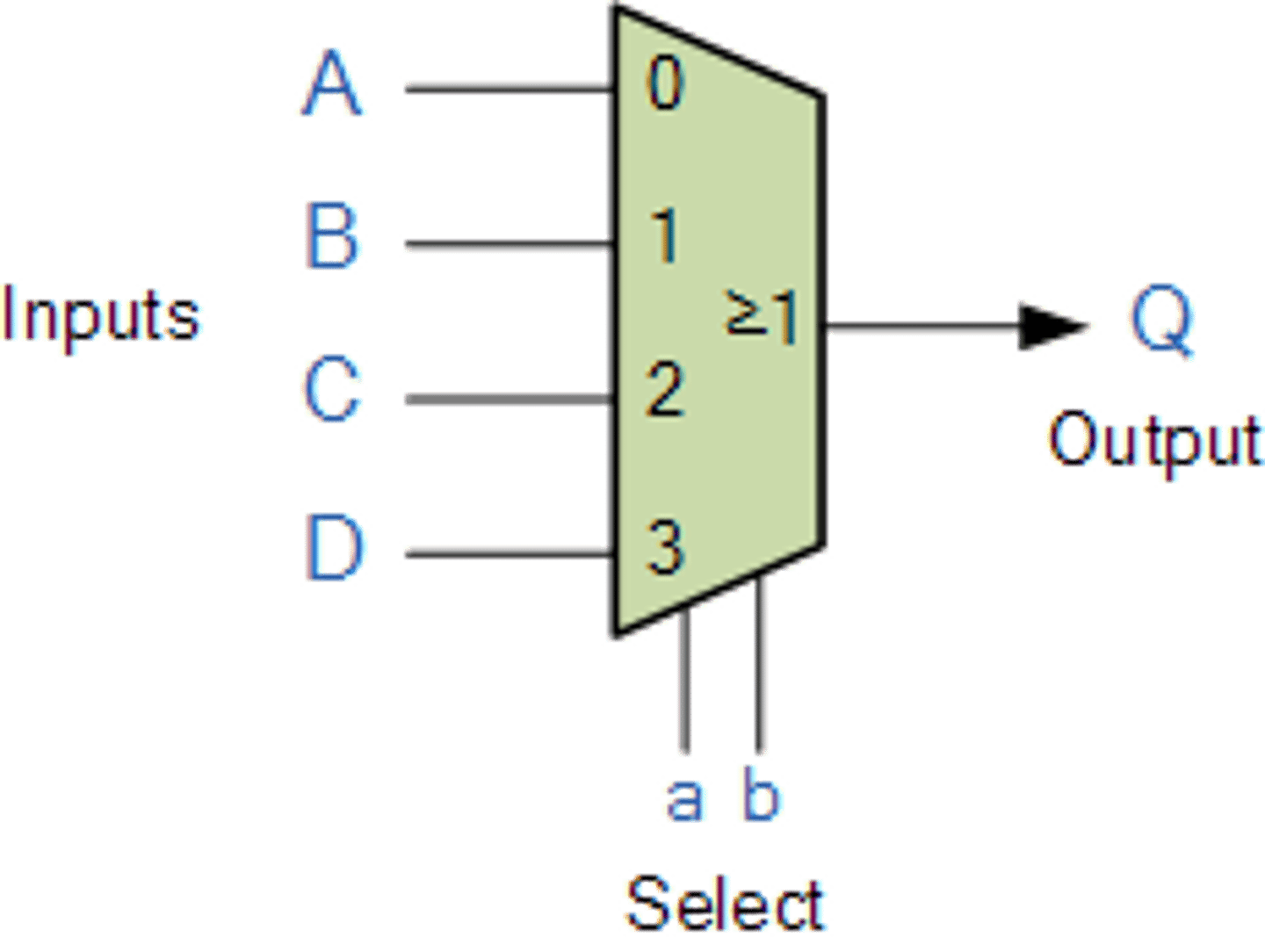
What are the two forms of two-level representation?
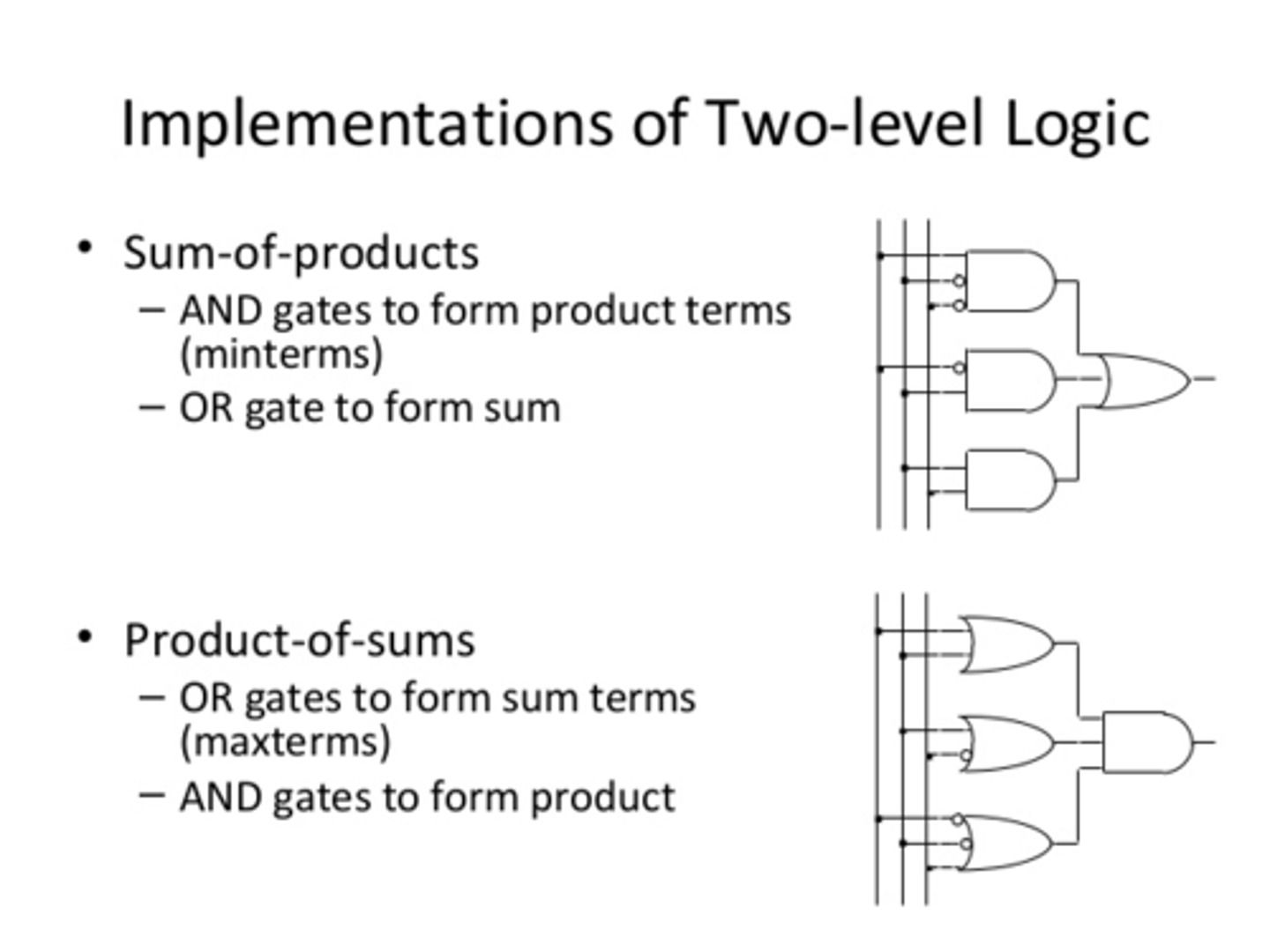
What is Sum of products (SOP)?
-A form of logical representation that employs a logical sum (OR) of products (terms joined using the AND operator)

What is a progammable logic array (PLA)?
A PLA is a programmable digital device that can implement combinational logic circuits. It consists of a programmable AND array followed by a programmable OR array.
The AND array generates minterms (product terms) of inputs.
The OR array combines these minterms to produce the final outputs.

What are minterms (aka product terms)?
-The first stage in an array of AND gates form a set of product terms
-Each product term can consist of any of the inputs or their complements
Explain a logical shift right
-Fills the left end with k zeros
eg.
0110 0011 x>>4 (logical)
0000 0110
Explain an arithmetic shift right
-Fills the left end with k repetitions of the MSB
eg.
1001 0101 x>>4 (logical)
1111 1001